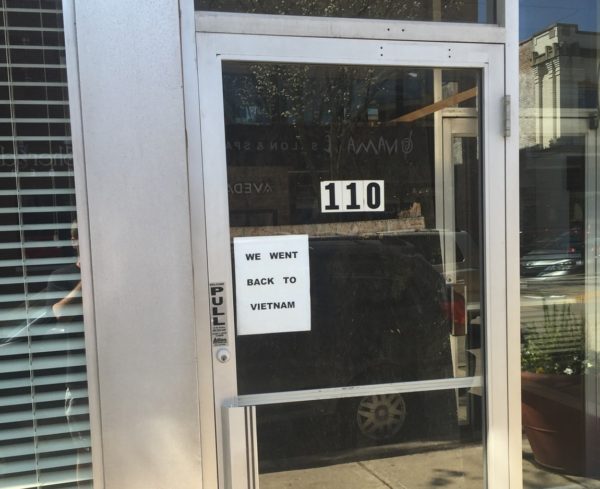At The Guardian, buried deep within an article on depression lurks a shocking admission of its causes, including diversity.
Then, as the years and decades passed, doctors on the frontline started to come back with another question. All over the world, they were being encouraged to tell patients that depression is, in fact, just the result of a spontaneous chemical imbalance in your brain – it is produced by low serotonin, or a natural lack of some other chemical. It’s not caused by your life – it’s caused by your broken brain. Some of the doctors began to ask how this fitted with the grief exception. If you agree that the symptoms of depression are a logical and understandable response to one set of life circumstances – losing a loved one – might they not be an understandable response to other situations? What about if you lose your job? What if you are stuck in a job that you hate for the next 40 years? What about if you are alone and friendless?
The grief exception seemed to have blasted a hole in the claim that the causes of depression are sealed away in your skull. It suggested that there are causes out here, in the world, and they needed to be investigated and solved there. This was a debate that mainstream psychiatry (with some exceptions) did not want to have. So, they responded in a simple way – by whittling away the grief exception. With each new edition of the manual they reduced the period of grief that you were allowed before being labelled mentally ill – down to a few months and then, finally, to nothing at all. Now, if your baby dies at 10am, your doctor can diagnose you with a mental illness at 10.01am and start drugging you straight away.
…We act like human distress can be assessed solely on a checklist that can be separated out from our lives, and labelled as brain diseases. If we started to take people’s actual lives into account when we treat depression and anxiety, Joanne explained, it would require “an entire system overhaul”. She told me that when “you have a person with extreme human distress, [we need to] stop treating the symptoms. The symptoms are a messenger of a deeper problem. Let’s get to the deeper problem.”
The grief exception points out that depression cannot be purely chemical because people experience it in response to grief, which is an external stimulus. If grief can cause the effects of depression, then we cannot universally say that those effects cause depression, because that is a cause-effect error. If when it rains, the sidewalk is wet, it does not mean that the if the sidewalk is wet, it has rained; there are other ways in that the sidewalk can become wet.
As it turns out, that is not all. Instability caused by diversity causes people to fear for their future, and this makes them depressed and paranoid:
We all know that every human being has basic physical needs: for food, for water, for shelter, for clean air. It turns out that, in the same way, all humans have certain basic psychological needs. We need to feel we belong. We need to feel valued. We need to feel we’re good at something. We need to feel we have a secure future. And there is growing evidence that our culture isn’t meeting those psychological needs for many – perhaps most – people. I kept learning that, in very different ways, we have become disconnected from things we really need, and this deep disconnection is driving this epidemic of depression and anxiety all around us.
…Professor John Cacioppo of Chicago University taught me that being acutely lonely is as stressful as being punched in the face by a stranger – and massively increases your risk of depression. Dr Vincent Felitti in San Diego showed me that surviving severe childhood trauma makes you 3,100% more likely to attempt suicide as an adult. Professor Michael Chandler in Vancouver explained to me that if a community feels it has no control over the big decisions affecting it, the suicide rate will shoot up.
As time goes on, we are seeing that diversity is destructive to all groups involved and that our attempts to fix the situation only make it worse. Like any other crusade against a condition of life itself, this one is doomed to fail because it has no condition for stopping, thus will continue to accelerate in manic intensity until it self-destructs.
